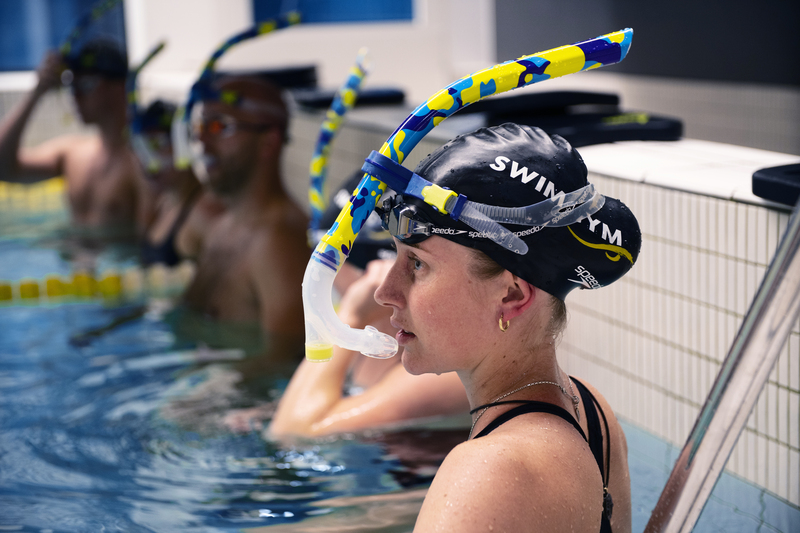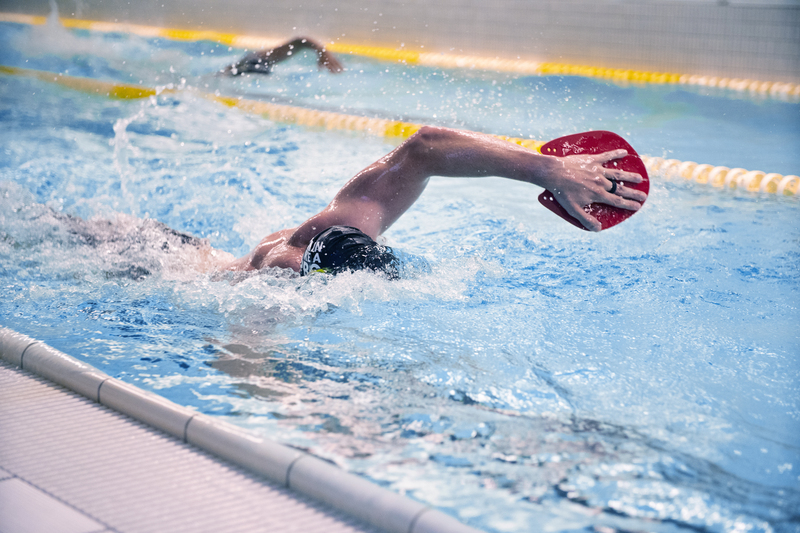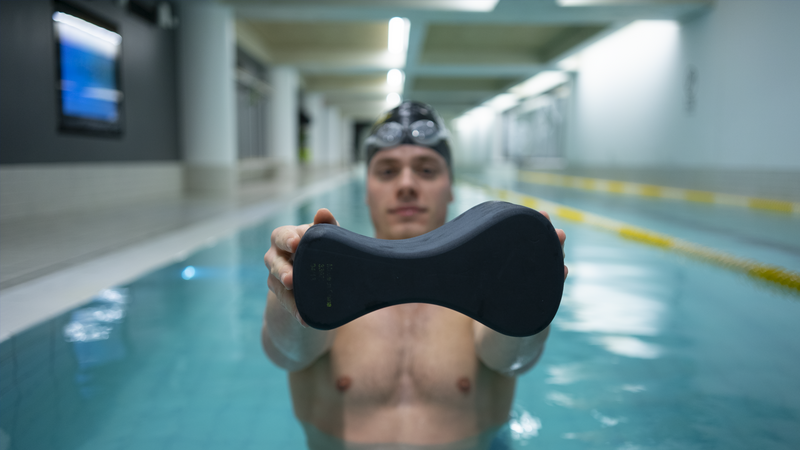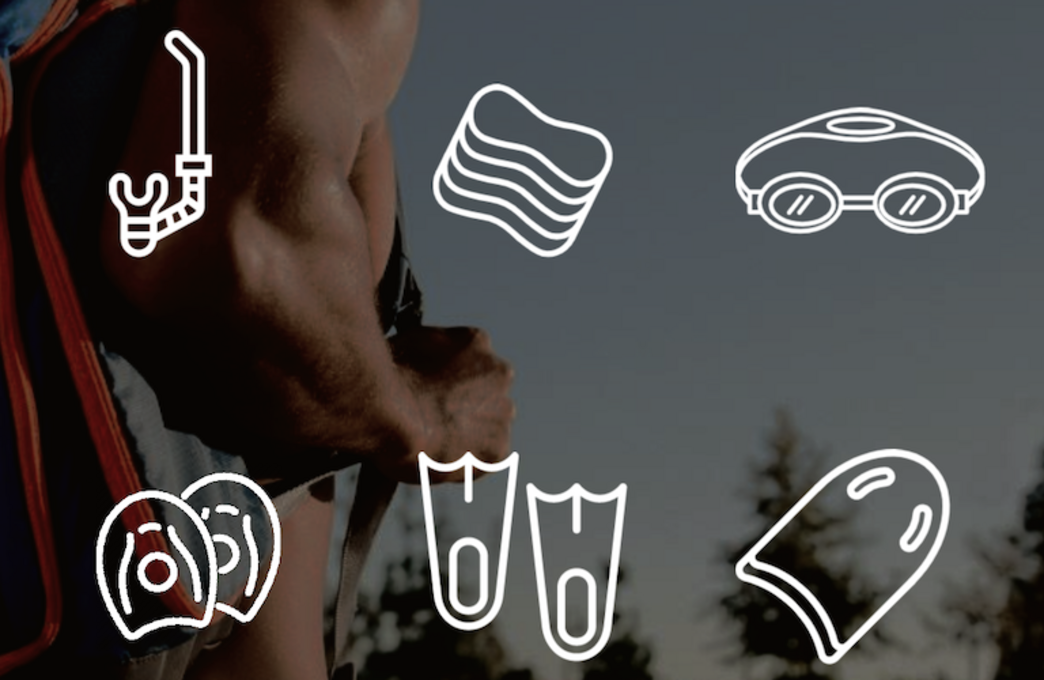Swimming blog - Do’s and Don’ts: Proper use of equipment
The only necessary pieces of equipment for swimming are a swimsuit, a cap and a goggle. If you have any intention to improve your swimming however, some extra tools will definitely come in handy. Looking to improve your technique or to build some strength with the right tools. Let’s explore the most useful pieces of equipment and get some insight on how to use them properly.

The Snorkel
By some swimmers the snorkel is sometimes underrated and gets a bad rep. By others, it’s overrated and overused. It’s a very essential piece of swimming equipment and belongs in your swimming bag.
A snorkel is used to work on technique, because it takes breathing out of the equation. As you might imagine breathing takes up a lot of headspace and ultimately gets highest priority from the brain. You will find it very difficult to learn and master swimming skills without a snorkel because the brain is too busy with the breath. It’s definitely not cheating if it’s used for technical work. Next time you have to concentrate on complicated drills like the hinge or sculling use the snorkel and just notice how much more focused you are.

Don’t use the snorkel as a substitute for learning how to breathe properly. If you want to swim for longer distances or in open water in your triathlon, it is crucial to learn how to breathe. Breathing technique is an essential skill that cannot be mastered with a snorkel. As good as the snorkel is, don’t use it to acquire swim fitness either. Learn how to breathe first is essential. Following our breathing course is a great place to start. You can thank us later.
Paddles
Paddles are like a political party in power, everyone has an opinion about how good or bad they are. Paddles are an integral part of most swimmer's tool kit. We recommend that they become a part of yours too.
Use paddles to support your strength or technical development in swimming. Make sure to build up the distance you swim with paddles to give your joints and tendons time to adjust to the new load.
Let the paddle guide your hand. That is what it is designed to do. With paddles you will be pushing more water backwards leading to strength gains. Paddles also provide great feedback about your catch and pushout especially if you only make use the middle finger strap. The paddle will slip off as soon as your catch is wrong, comes in very handy if you have difficulty with the feeling of a good catch with an early vertical forearm.

Don’t use paddles for very long distances in one go. It is not prudent to swim 400m or longer with paddles unless you have built up to it. Don’t use the paddles to try and impress yourself or others either. Also don’t use paddles to sprint unless you have built the strength for it. This may cause a longer-term injury that will be more frustrating than going slow.
Pull Buoy
Last but not least, the pull buoy. There is no doubt that this is THE piece of swimming equipment that everybody needs to have in their bag.
You can use the pull buoy as a technical device to practice body rotation. By connecting the feet and omitting the kick while freestyle pulling, you are forced to use the hips to rotate. You will get immediate feedback of the body swaying if you aren’t rotating enough. It simultaneously teaches you to activate your core and to find a horizontal body position. Submerge the head in the water to bring the head into a neutral position if you feel the legs sinking while swimming freestyle-pull.

The pull buoy may feel wobbly at first, but it will certainly improve your balance in the water. The pull-buoy is also useful for swimming long distances. By omitting the kick novice swimmers get to swim longer distances without getting out of breath. At last, you can use it as a quick check of your pull-through. If you swim easily and fast with the pull-buoy, you know your pull-through is up to scratch.
Don’t use it as a flotation device for your sinking legs. It is not a life saving device. Do lots of kicking for that. Learning how to keep your body in alignment without the help of a pull-buoy will certainly give you the tools to swim faster and more easily. As already mentioned, don’t ever use legs with a pull buoy either. Using the kick in freestyle pull is only to compensate lack of body rotation and balance. Keep the legs still and relax and with patience great body rotation will follow.
As you now know, there are some great tools out there. Knowing how to use them will really improve your freestyle and swimming enjoyment. If you are looking for drills or applications of your tools, visit our website. We have a comprehensive library to keep you going for a long while.
